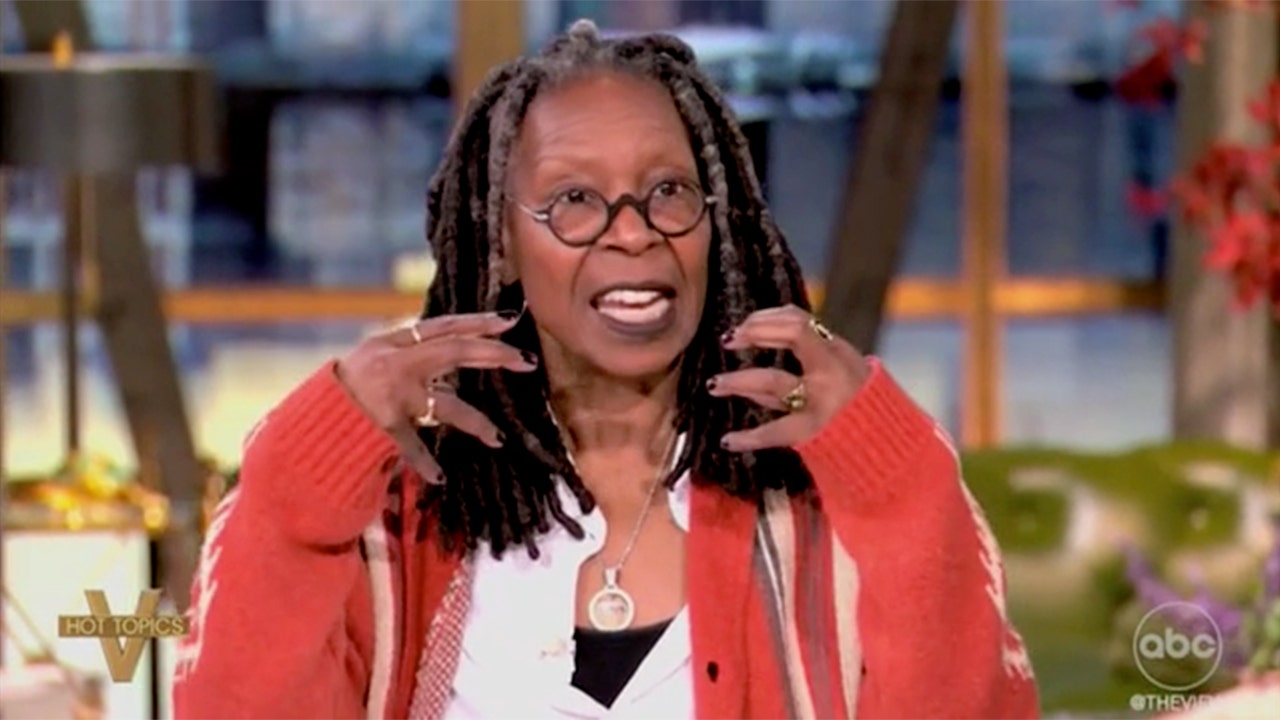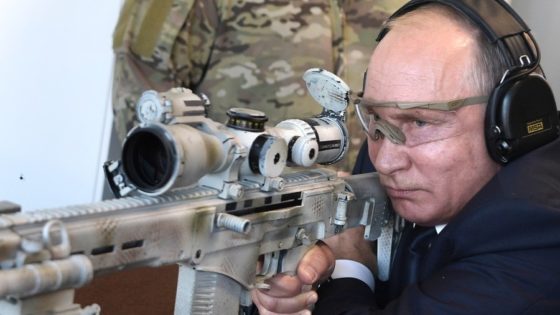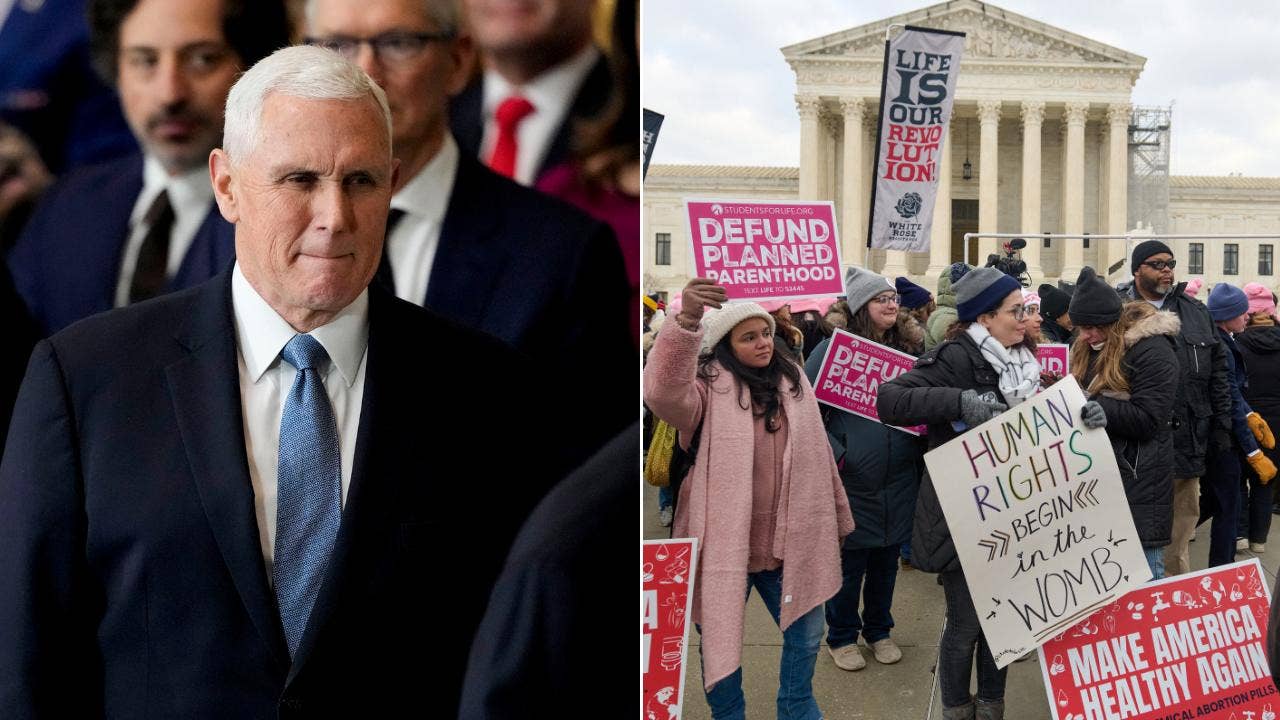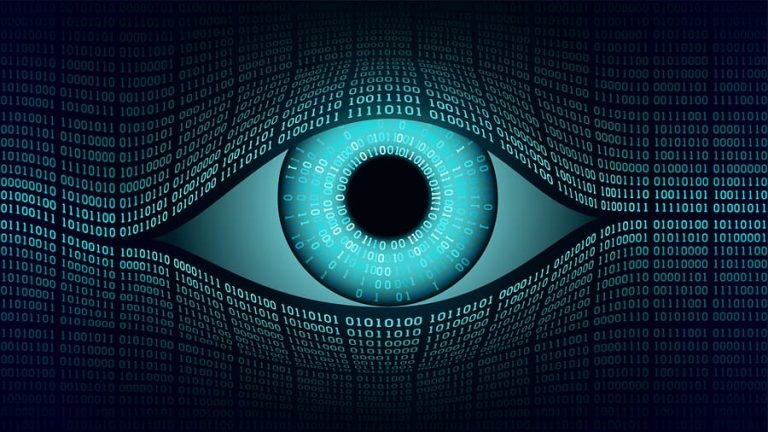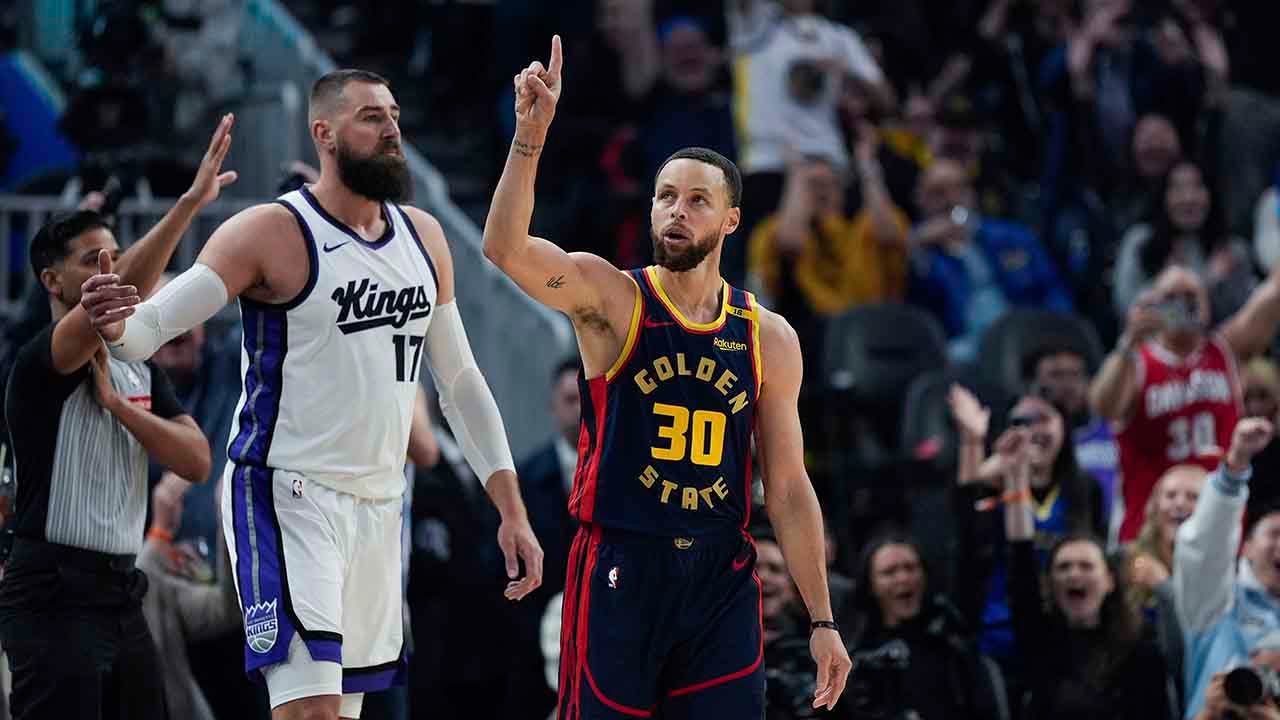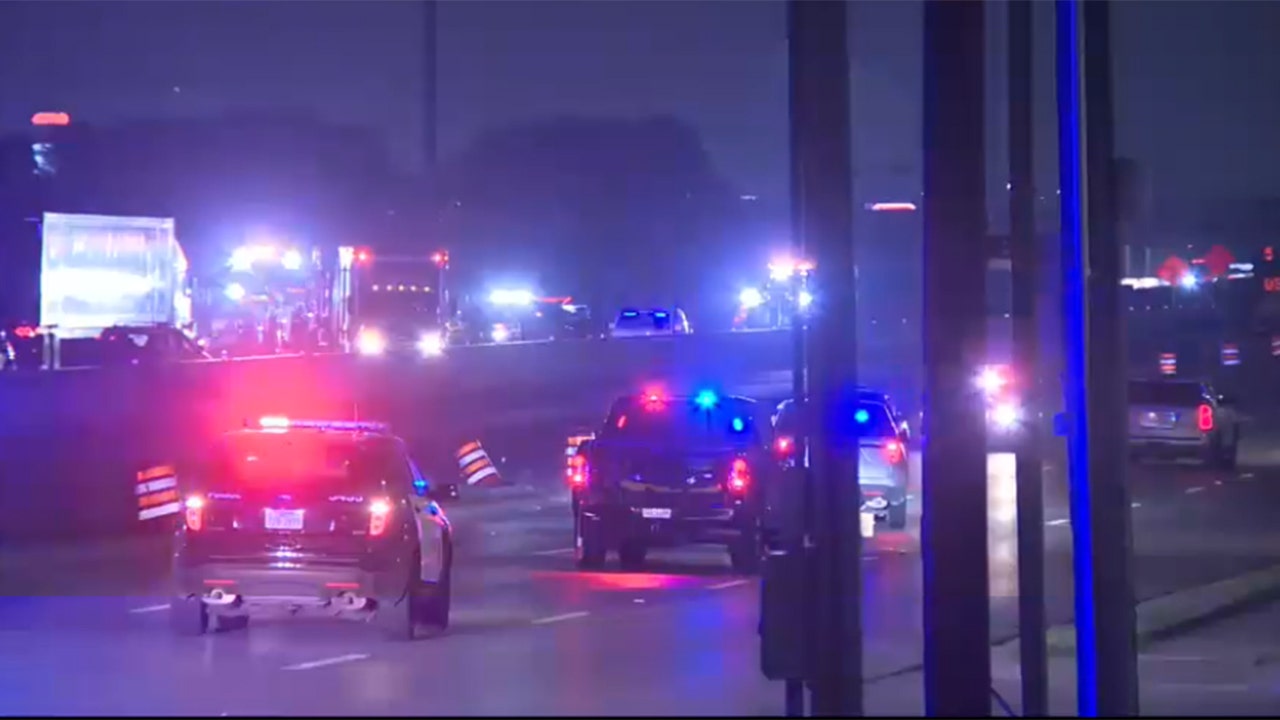Gunshot detection technology has been rolled out in various cities across the country as an aid to law enforcement agencies for both tracking and reporting firearm violence. ShotSpotter, one such system deployed in parts of Virginia and Chicago, among other locations, is designed to detect audible gunshot signals and determine the location of the report. The technology has seen mixed results, however, with tangible benefits in places like Virginia Beach and Newport News, while at the same time being decommissioned in Chicago, where city officials are actively seeking a potential replacement.
When ShotSpotter’s acoustic sensors capture what are believed to be gunshots in a specified coverage area, algorithms work to determine the location and authenticity of the audio before it is examined by experts to distinguish the report from similar sounds, like fireworks or backfiring vehicles. Staff at 24-hour incident centers also work to ascertain additional information, such as the possibility of multiple shooters, before the report is transferred to dispatchers and, ultimately, first responders. According to ShotSpotter, the entire process takes less than 60 seconds.
Police in Virginia Beach began using the system on a trial basis in July 2021 before entering into a formal contract with ShotSpotter. Without disclosing the exact location of the sensors, which cover an approximately two square mile radius, initial sensors were deployed near Rudee Loop, north to 42nd Street, and west to Birdneck Road.
As of 2024, Virginia Beach has expanded ShotSpotter coverage to all four police precincts, having found that the system aids in response time to gunfire without heavy reliance on 911 calls. Virginia Beach authorities have documented 1,232 incidents, or 77% of police responses to gunfire, resulting from the ShotSpotter detection and reporting since the system’s 2021 implementation.
Virginia Beach Police Chief, Paul Nerdigate cites a 53% reduction in firearm homicides in the last year with 52% fewer shooting victims in general.
“ShotSpotter continues to be a game-changer for our department…It allows us to respond to gunfire incidents in real time, often within seconds, which significantly reduces response times. This technology helps us better allocate our resources, protect communities and gather critical evidence we might otherwise miss,” said Neudigate.
In Newport News, authorities have also seen a decline in shooting-related deaths since implementing ShotSpotter and have improved the ability of police to respond to incidents even when there are no 911 calls made. Such an incident occurred in the summer of 2024 when residents heard shots in succession but did not necessarily see anything that made them decide to file a report. ShotSpotter was able to lead police to Wayne Hill, 34, who had been lying in the grass between a row of apartments, suffering from a gunshot wound. Although he later died in the hospital, the system’s ability to locate and report the shooting can provide victims a fighting chance.
Meanwhile, where nothing seems to work, the Back of the Yards neighborhood on Chicago’s South Side is preparing to try a new system from Shooter Detection Systems (SDS), a subsidiary of alarm.com, having decommissioned ShotSpotter after a 2017 – 2024 run costing taxpayers roughly $50 million. SDS claims that the false alarms reported throughout the city using ShotSpotter will be avoided with its system which uses infrared cameras to detect muzzle flash to confirm that an audible report is a gunshot.
“You would have cameras activated showing you exactly what the shooter looks like…You’d be able to track that shooter throughout the facility or outside in the neighborhood,” says the security operations manager for Alarm.com, Marquis McClure.
The systems, however, are not free from skepticism and pushback.
“Raymond Lopez is just brushing shoulders at these companies that want to take ShotSpotter’s market share…It doesn’t alter the underlying causes of violence. If anything, it just accelerates punishment and punitive structures. It just throws people in jail,” says Alejandro Ruizesparza from technology watchdog, Lucy Parsons Labs.
I am not sure I agree that there isn’t great value in catching criminals and bringing them to justice after a shooting. I am, however, skeptical of the kickbacks on government contracts and tax dollars being spent on technology while law enforcement agencies remain underfunded, with the Chicago Police Department having exceeded its budget almost every year since 2013. It’s also not clear in areas that cite a reduction in violent crime and homicides since implementing shot-recognition technology if the technology has done anything to actually lead to that reduction in crime or if it is simply making it easier for police to respond more quickly.
.
Read the full article here

